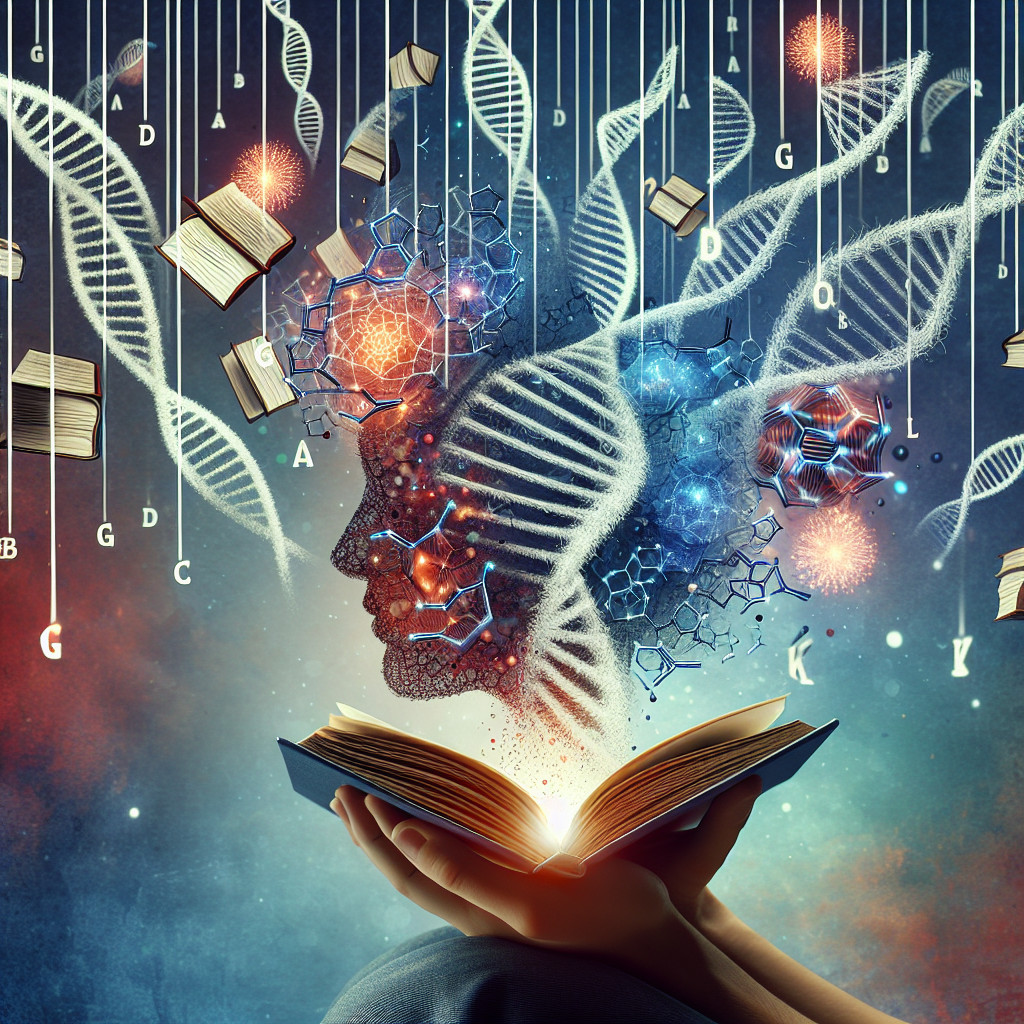Introduction Imagine a bustling library, filled with rows of books, each holding the promise of adventure, knowledge, and new worlds. Now, picture a child opening a book for the first time—how does their brain decode the jumble of letters into these vibrant experiences? The answer might lie in our genes, particularly a gene called BDNF. […]
Author: Emily Roberts

How Social Media Shapes Our Beliefs: Unraveling the Echo Chamber Effect
Introduction: Enter the World of Social Media Echo Chambers Imagine a place where every time you express an opinion, it’s met with applause, agreement, and an echo of similar views. Welcome to the world of social media, where platforms like Facebook and YouTube often transform into echo chambers—a fascinating though potentially troubling phenomenon. This virtual […]
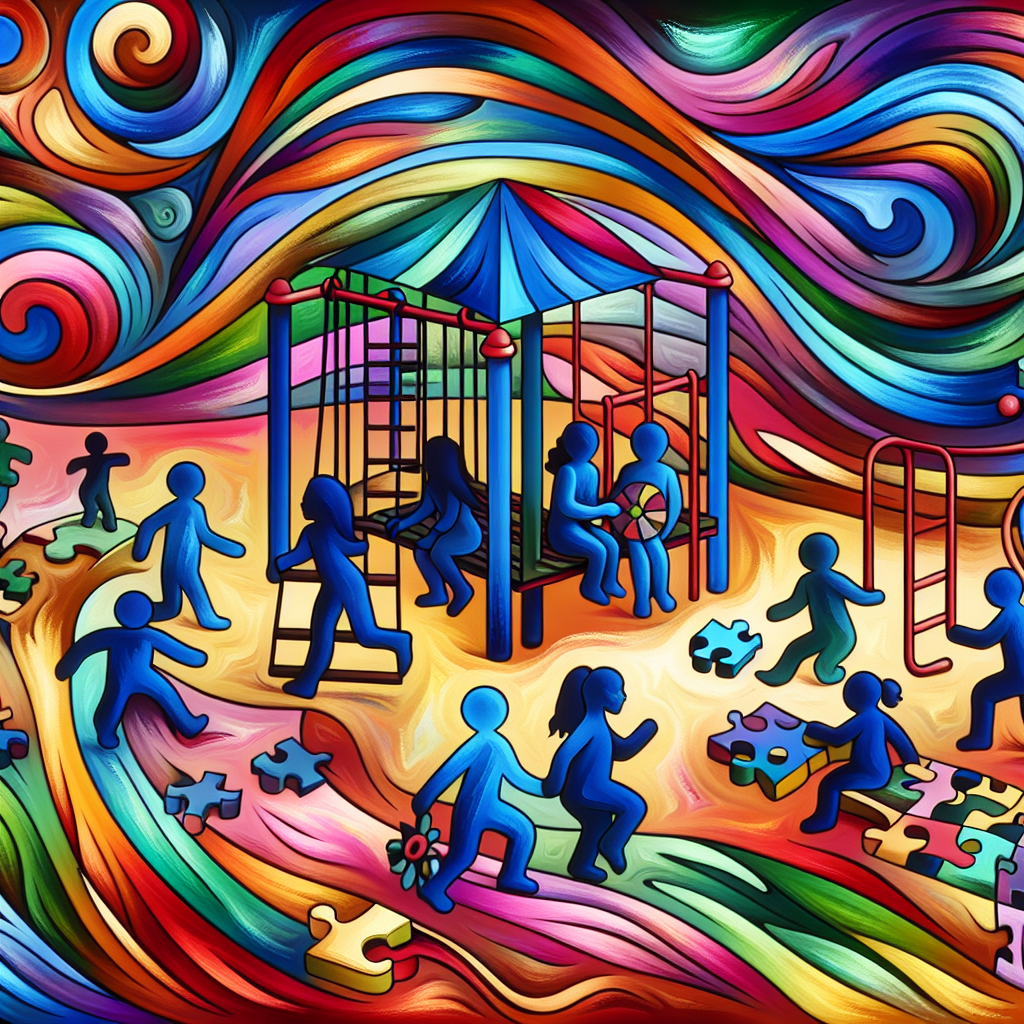
Playing the Way to Connection: Improving Social Skills in Children with ADHD
Introduction: The Playground as a Classroom Imagine a bustling playground, filled with laughter, shouting, and the joyful chaos of children at play. Yet, amid the energy, there’s a child who struggles to join in. This is the reality for many children with Attention Deficit Hyperactivity Disorder (ADHD), who often find social interactions as challenging as […]
Navigating Social Waters: Understanding Young Minds with Eating Disorders
Introduction Imagine you’re at a party, one filled with laughter, chatter, and the delightful smells of a feast. For most, it’s a place of joy and connection, but for some young people struggling with eating disorders, it might feel like an overwhelming minefield. How they engage socially — with friends, family, or in new settings […]
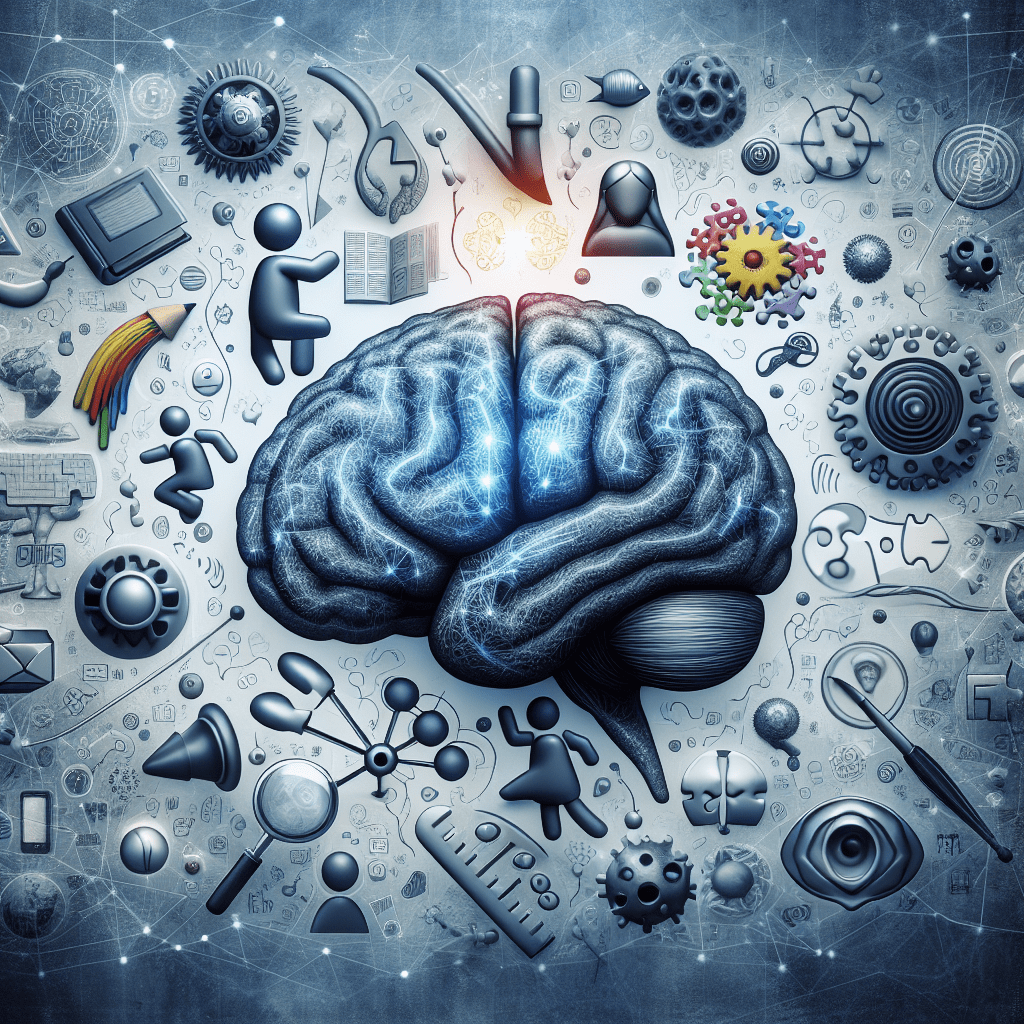
Engaging Little Minds: Unveiling the Art and Science of Capturing Children’s Attention
Introduction: A Peek into the Playground of the Mind Imagine the mind of a child as a vibrant, bustling playground. This mental playground is where children explore, learn, and interact with the world around them. One of the most fascinating aspects of this playground is how attention works – a crucial element that enables kids […]
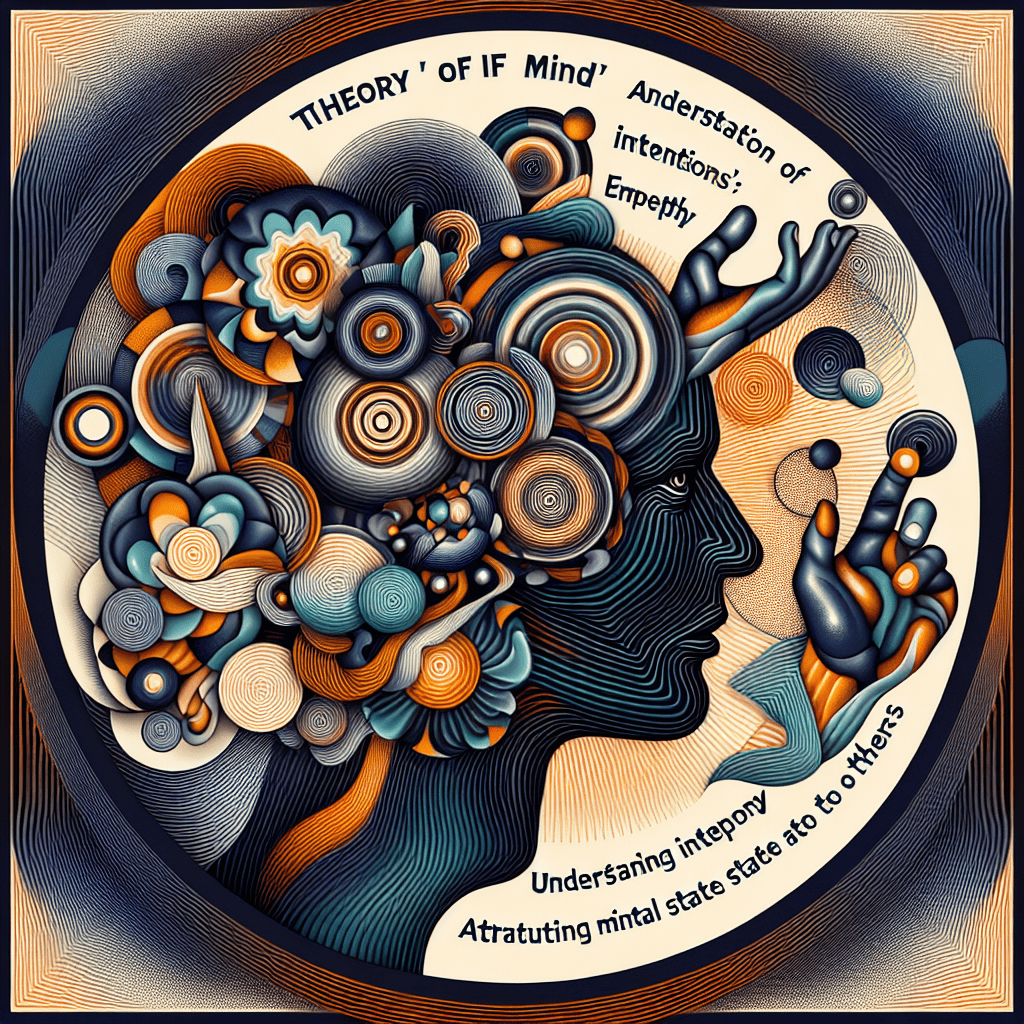
How Our Minds Predict the Actions of Others
Introduction: The Everyday Mind Reader Ever felt like you could anticipate someone’s next move without them saying a word? Imagine you’re at a crowded café, and you see a friend pause at the entrance. Even before they make eye contact, you’re already waving them over. But how did you know they were searching for you? […]
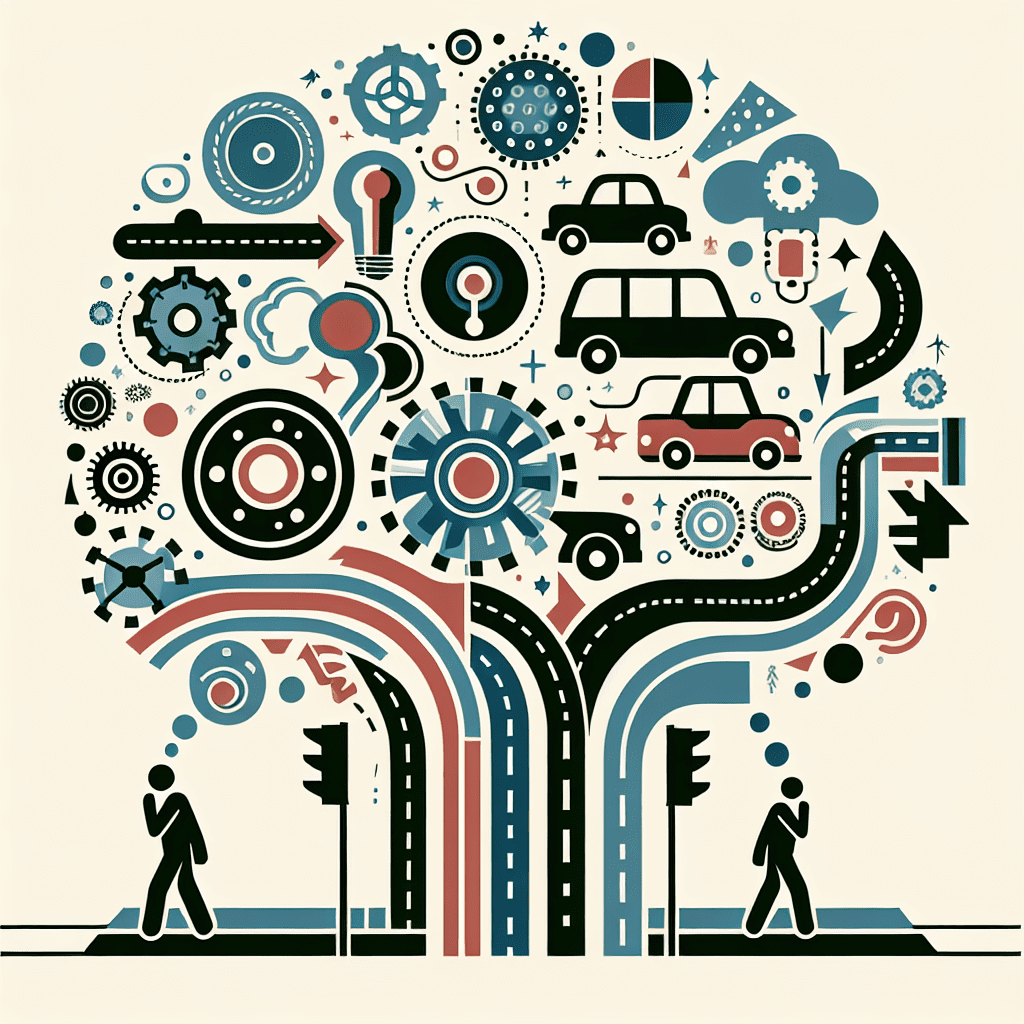
The Hidden Psychology of Cars: How Design and Size Shape Our Road-Crossing Decisions
Introduction Imagine standing at a bustling street corner, gauging whether you can cross safely before the oncoming car zooms past. We all undertake this everyday decision-making process, but did you know that the design and size of the car might silently influence your choice? A recent research paper titled ‘Putting Up a Big Front: Car […]

From Silence to Sound: Unraveling Depression and Anxiety from Adolescence to Adulthood
Introduction Imagine entering a room full of people speaking a language you don’t understand. As they communicate effortlessly, you’re left trying to decipher words, expressions, and intonations. For those living with language impairment (LI), this experience is not limited to occasional mishaps—it is their constant reality. But communication challenges are just the tip of the […]

Nurturing Minds: Unveiling Early Life Predictors of Socio-Emotional Development in Egyptian Infants
Introduction: The Beginnings of Emotional Journeys Have you ever wondered how the earliest days of life shape a person’s emotional world? Imagine an infant’s milieu—a cocoon of care where every cuddle, coo, and meal may set the stage for future emotional resilience or vulnerability. This riveting exploration, captured in the research paper “Early Life Predictors […]
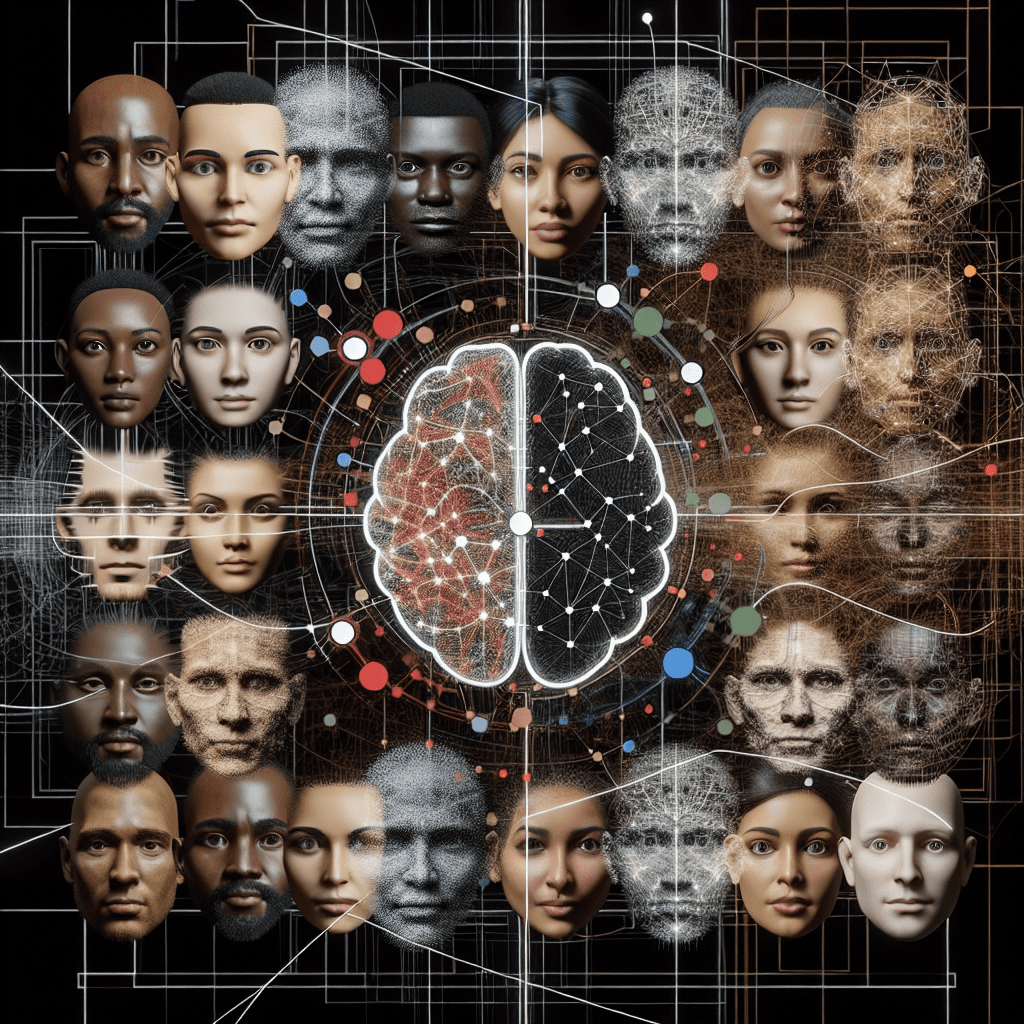
Decoding the Charm: How Faces Impact Our Minds Differently
Introduction Imagine walking through an art gallery and noticing a peculiar painting made entirely of fruits and vegetables, yet perfectly mimicking a human face. As bizarre as it seems, such images weave an intriguing narrative about how we perceive faces. Our brains are hardwired to make sense of faces, with each contour and expression speaking […]
